Machu Picchu
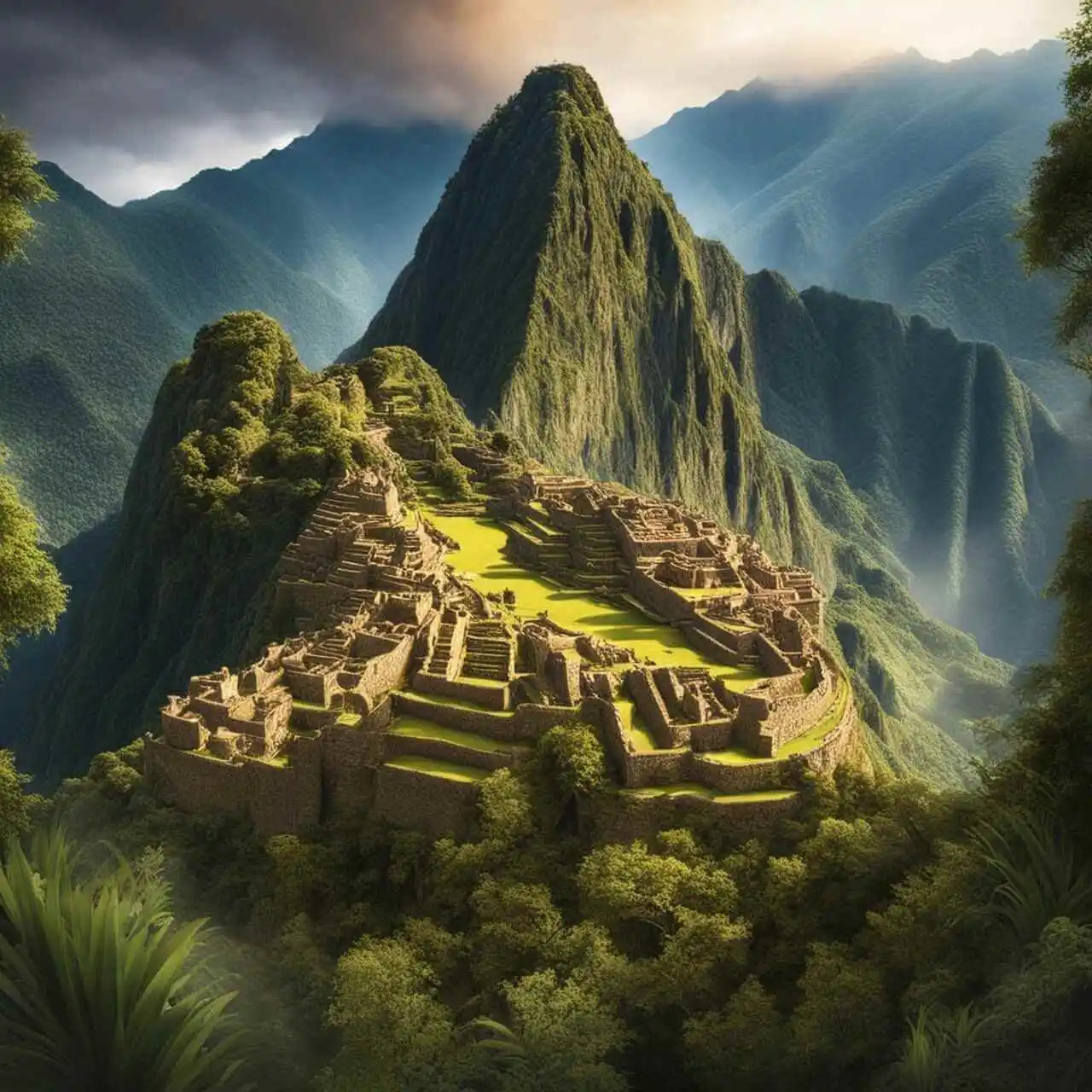
The main tourist attraction “Machu Picchu” is conceivable, the most important archaeological building of the Inca Empire during the reign of the Inca Pachacutec. “Machu Picchu” name came from Quechua, meaning “Old Mountain” “Machu” means “Old” and “Picchu” means “Mountain”.
Lost City of Inca
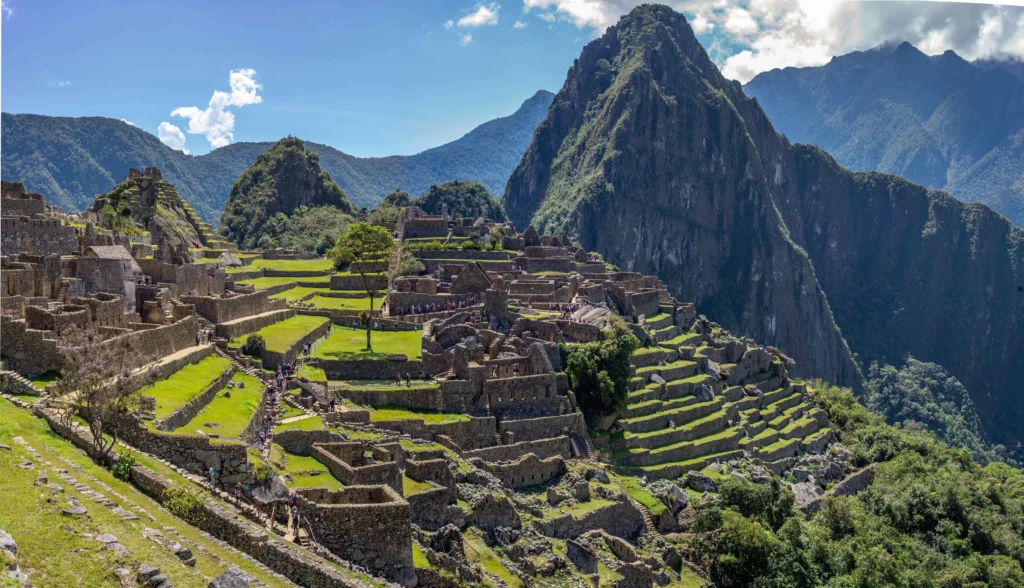
Machu Picchu is located near the town of “Aguas Calientes”, southern Peru among the Andes Mountain range at an elevation of about 7970 feet above sea level. And is approximately 50 miles Northwest of “Cuzco”, the former capital of the Inca Empire on a mountain ridge above “Urubamba”.
Note!
Do not confuse Machu Picchu Mountain with Machu Picchu Citadel. Machu Picchu Citadel or Machu Picchu is between Huayna Picchu and Machu Picchu Mountain.
Aguas Calientes
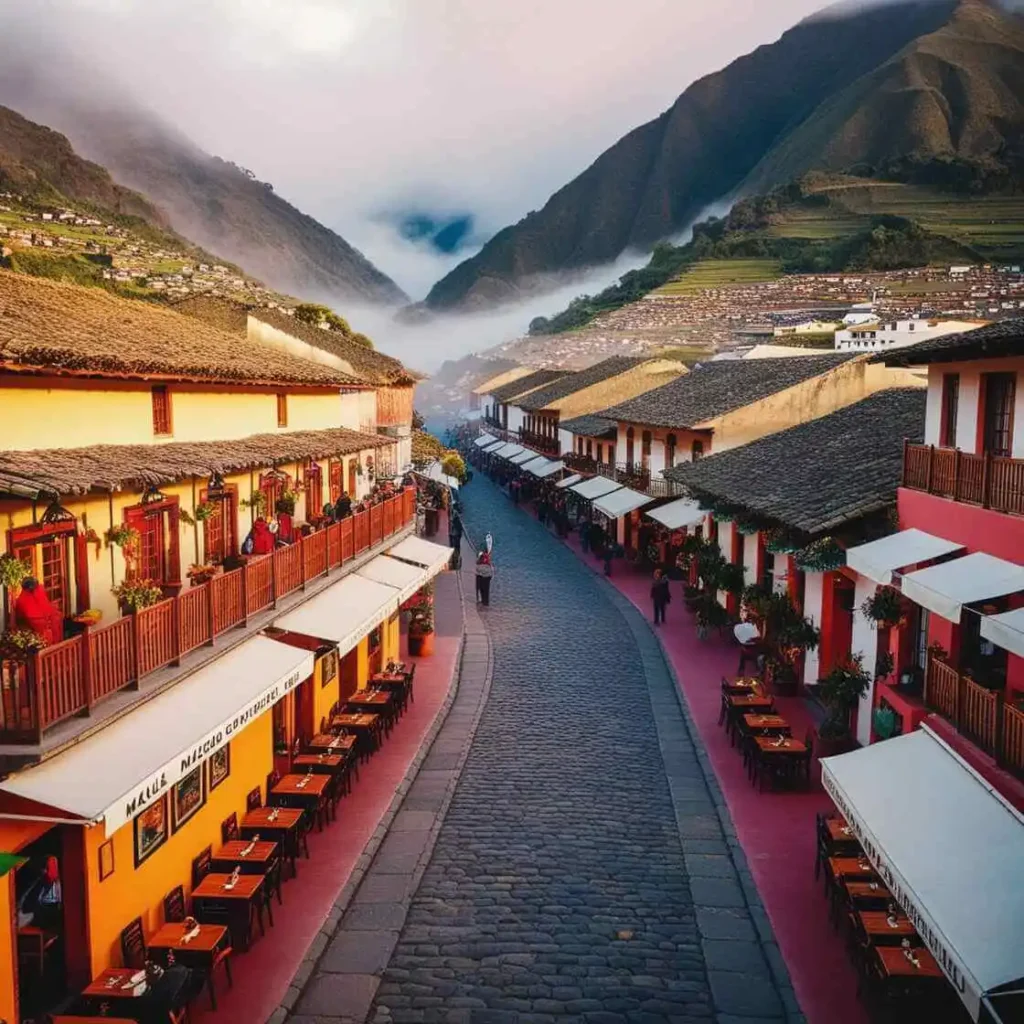
Aguas Calientes is the nearest town to Machu Picchu. Visitors can reach via a bus, which takes 25 minutes, or by hiking, which takes around 1.5 to 2 hours. The town offers various facilities for visitors like guesthouses, restaurants, and hot springs.
Machu Picchu Hiking & Climbing

Machu Picchu offers plenty of options for hiking like:
- Huchuy Picchu: Easy climb & hike expected (Ascent) time 1 to 1.5 hours.
- Machu Picchu Mountain: Moderately challenging climb & hike expected (Ascent) time 2 to 3 hours.
- Huayna Picchu: Strenuous climb & hike expected (Ascent) time 2 to 3 hours.
Each hike provides unique perspectives of the citadel, the Sacred Valley, and the dramatic Andean landscape.
Sunrise Over Machu Picchu
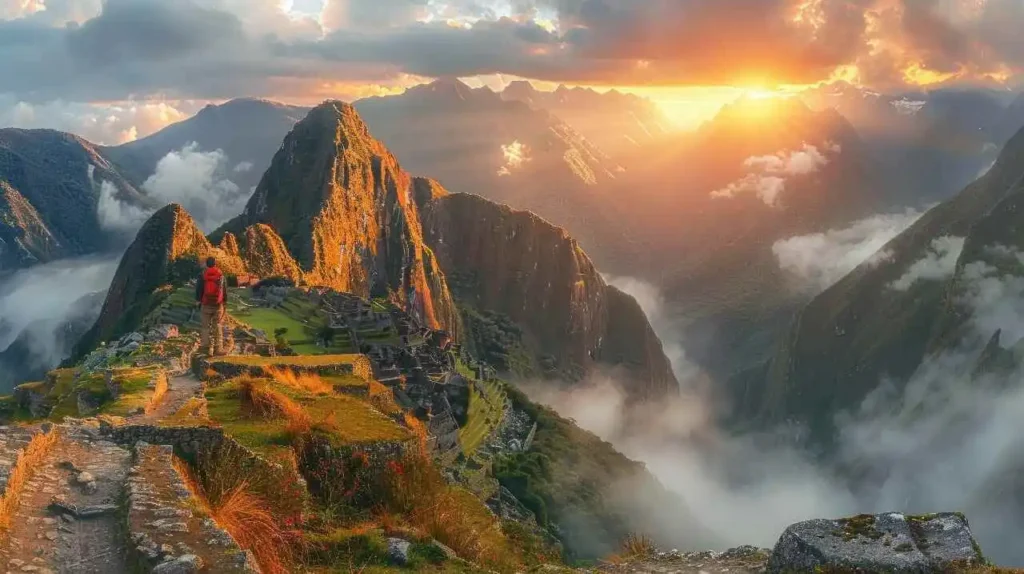
Sunrise and sunsets are wonders of nature. Experiencing them at an altitude of 7970 feet is stunning. The mist and clouds of smoke rose to ancient ruins giving them a heavenly view and adding more delight to the masterpiece.
National Archaeologist Park
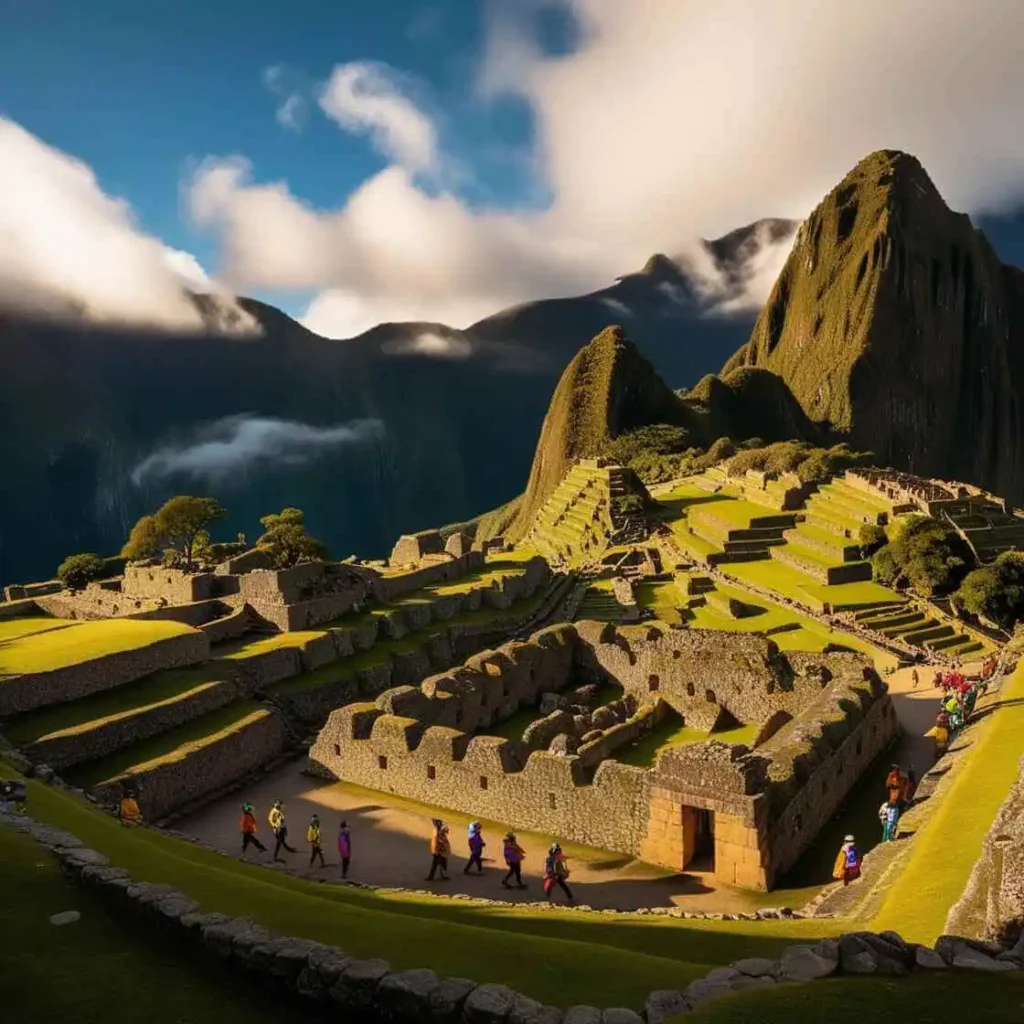
Machu Picchu is part of a protected national park. The Park is not just a Citadel of Machu Picchu it contains a large number of lands including ancient agricultural terraces, paths, and various other ruins.
- The Intihuatana Stone: Associated with astronomical alignments.
- The Temple of the Sun: A circular temple with precise stonework and sacred significance.
- The Room of the Three Windows: A building that offers panoramic views and showcases Incan architectural mastery.
- The Inca Bridge: A challenging, precarious structure used by the Incas to cross deep gorges.
- The Sun Gate (Inti Punku): An important entry point to Machu Picchu, offering a stunning view of the entire site.
Several visitors are allowed, and daily permits are required to access the national park.

One Comment